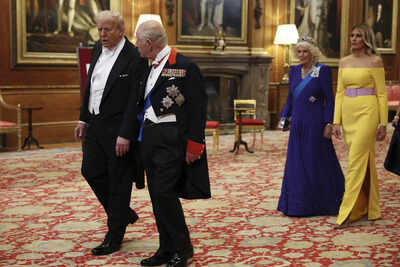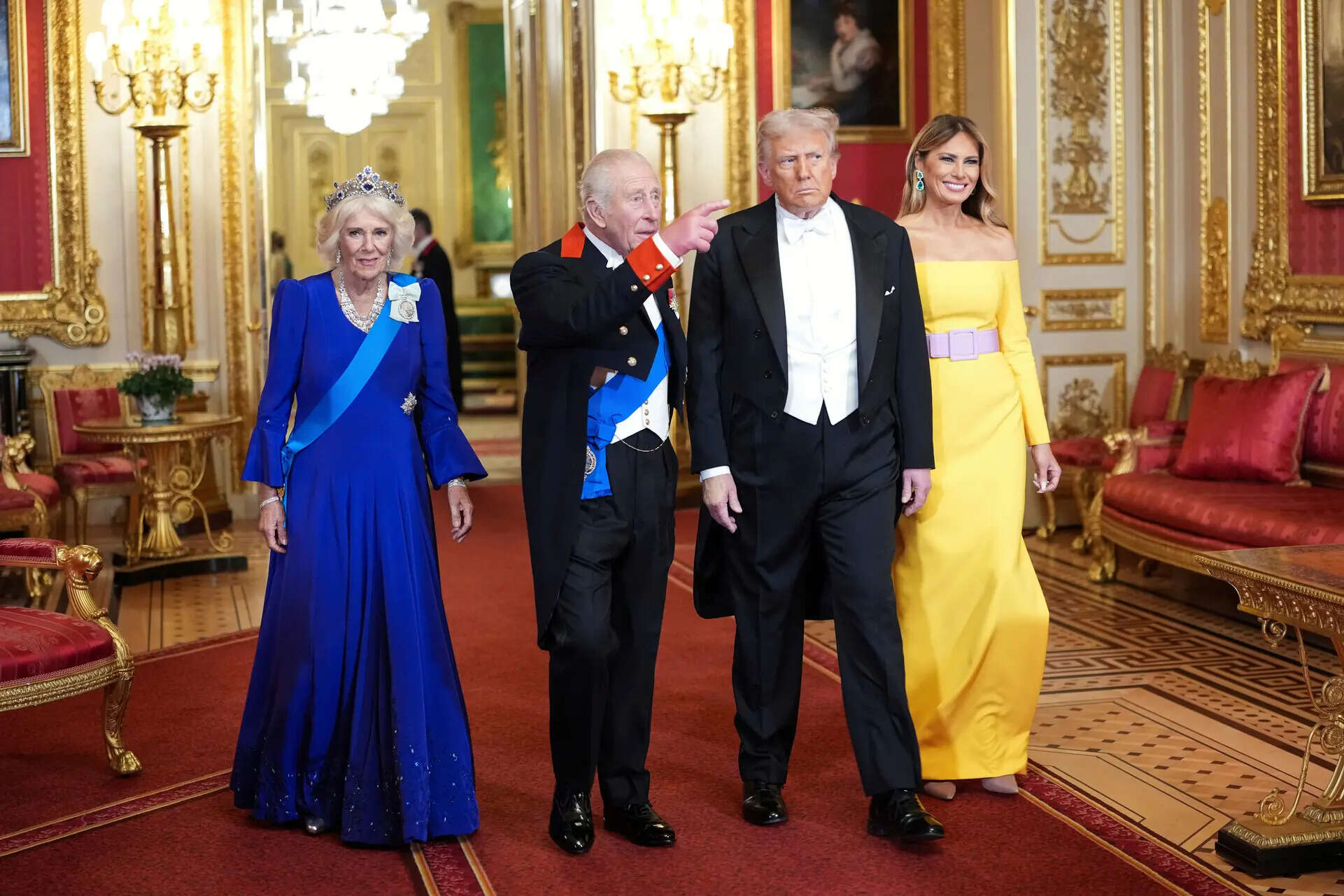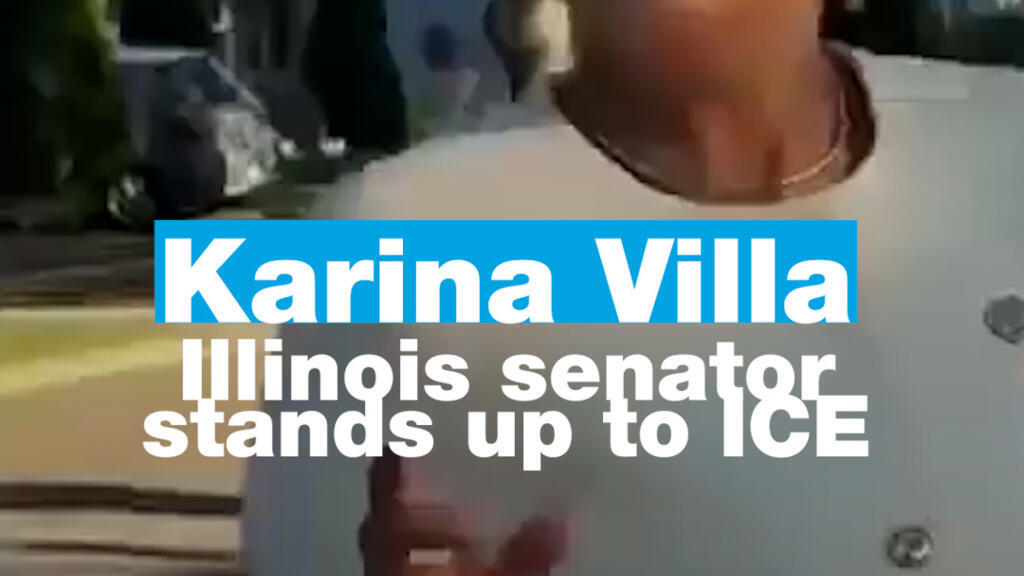
U.S. President Donald Trump, left, Britain's King Charles, First Lady Melania Trump, right, and Britain's Queen Camilla arrive for the state banquet at the Windsor Castle, in Windsor, England, Wednesday Sept. 17, 2025. AP/PTI(AP09_18_2025_000008B)
The royal theatre of diplomacy
When Donald Trump strode into Windsor Castle this week in white tie, flanked by King Charles III and Queen Camilla, it wasn’t just another state dinner. It was Britain’s oldest political trick—deploying the monarchy as a velvet glove to soften a hard negotiation.
The soaring banquet hall, filled with nearly a thousand years of heraldry, wasn’t just a backdrop; it was a stage. Every polished suit of armour and gilded goblet was calculated to make Trump feel not just welcomed, but enthroned.For Britain, the stakes were high. With Trump’s second term already marked by tariffs, transactional diplomacy, and the unraveling of Western alliances, London needed leverage. The royal family, still Britain’s most effective soft power tool, provided it.
A guest list of power, not glamour

U.S. President Donald Trump and First Lady Melania Trump, right, arrive with Britain's King Charles and Britain's Queen Camilla, for the official state banquet at the Windsor Castle, in Windsor, England, Wednesday, Sept. 17, 2025. (Doug Mills/The New York Times via AP, Pool)
Unlike the star-studded dinners of yesteryears—think Hollywood names or fashion royalty—this banquet was stocked with people who wield real influence. At the 160-seat table were Wall Street titans like Blackstone’s Stephen Schwarzman and Bank of America’s Brian Moynihan, tech heavyweights like Sam Altman, Demis Hassabis, Satya Nadella, Marc Benioff, and Apple’s Tim Cook, plus media barons like Rupert Murdoch.
The symbolism was obvious: Britain wanted Trump to see that its royals could convene a pantheon of the global elite in his honour. The message—this is the club you still belong to, provided you play nice with us.Tim Cook’s presence was particularly striking. Barely weeks ago, he was in Trump’s bad books for skipping a Middle East trip. Yet here he was, seated beside Tiffany Trump, as if the Windsor seating chart itself was an act of reconciliation.
Charles plays the statesman
King Charles used his toast to strike a balance—lavishing praise on Anglo-American friendship, while inserting subtle nudges about climate and Ukraine. The king knows Trump’s views on both issues are, at best, sceptical. But the gentle prod, wrapped in regal ceremony, seemed unlikely to provoke the famously thin-skinned president.Trump, for his part, basked in the flattery. He declared himself “the first American president welcomed here,” conveniently overlooking his own previous Windsor visit and the fact that past presidents had dined at Buckingham Palace.
Accuracy mattered less than optics. In that moment, Trump was both guest and monarch, enjoying the rarest of British honours: being feted in a castle that has survived every empire from the Normans to the Nazis.
The transactional monarchist
Trump is not sentimental about monarchy. But he is sentimental about status. For a man who relishes gilded interiors, gold-plated trophies, and long tables of power, Windsor was the ultimate backdrop. Britain knows this.
The castle setting was a calculated bet: flatter the president’s sense of grandeur, and he might be more pliable when it comes to trade talks or military cooperation.Downing Street, led by Prime Minister Keir Starmer, clearly coordinated with the palace. By seating Trump amid billionaires, bankers, and AI moguls, Britain showed it could still marshal global capital and innovation in ways that appeal to Trump’s business-first instincts.
Murdoch at the margins
Yet even amid the choreography, there were hints of tension. Rupert Murdoch, Trump’s once-powerful ally turned legal adversary, was seated far from the president’s line of sight. Months earlier, Murdoch’s Wall Street Journal had broken the story about Trump’s ties to Jeffrey Epstein, leading to lawsuits and public feuds. Still, Murdoch was present—because Britain needed the symbolism of its most famous media mogul under the same roof as its most mercurial guest.This was Windsor diplomacy in miniature: even enemies were summoned, but placed carefully so as not to disrupt the main performance.
Fortress walls and protest shadows
Outside the castle, the spectacle looked different. Protesters projected Trump’s photos with Epstein onto Windsor’s ancient stone walls. Last week in Washington, diners heckled him as “Hitler” during his first public meal out since re-election. The banquet, then, was a temporary reprieve—a fortress designed to shield Trump from the political storms raging beyond the moat.But no banquet lasts forever. Once Trump leaves the Great Hall’s chandeliers and tapestries, he must return to a world less deferential. Britain, however, bet that the glow of Windsor would linger long enough to influence Thursday’s talks at Downing Street.
The bigger picture: Royals as Britain’s bargaining chip
This isn’t new. Britain has long used its monarchy to oil the gears of diplomacy. From Churchill to Thatcher, British leaders have leveraged royal pageantry to charm, flatter, and occasionally disarm foreign leaders.
For Trump, whose worldview is explicitly transactional, the spectacle is a tool of persuasion: Britain offers him honour in exchange for concessions.For Starmer, facing an uphill climb to reset Britain’s global standing post-Brexit, Trump’s goodwill is critical. Tariffs, NATO commitments, and US-UK trade are all on the table. The White House may demand tribute, but Windsor shows Britain still knows how to stage-manage power.
Bottom Line
The Windsor banquet was more than pomp. It was Britain signalling that, despite diminished economic clout, it retains the ability to convene and charm. The monarchy, carefully modernised but still cloaked in medieval grandeur, remains its most potent weapon of influence.Trump got what he wanted: adulation, status, and the appearance of global centrality. Britain got what it wanted: a chance to soften him up before hard negotiations. Both sides left the castle with something—but whether royal flattery can survive Trump’s tariff hammer is the test that lies ahead.

 3 hours ago
2
3 hours ago
2










 English (US) ·
English (US) ·